Home>Home Appliances>Laundry Appliances>How To Clean A Washing Machine Without Vinegar
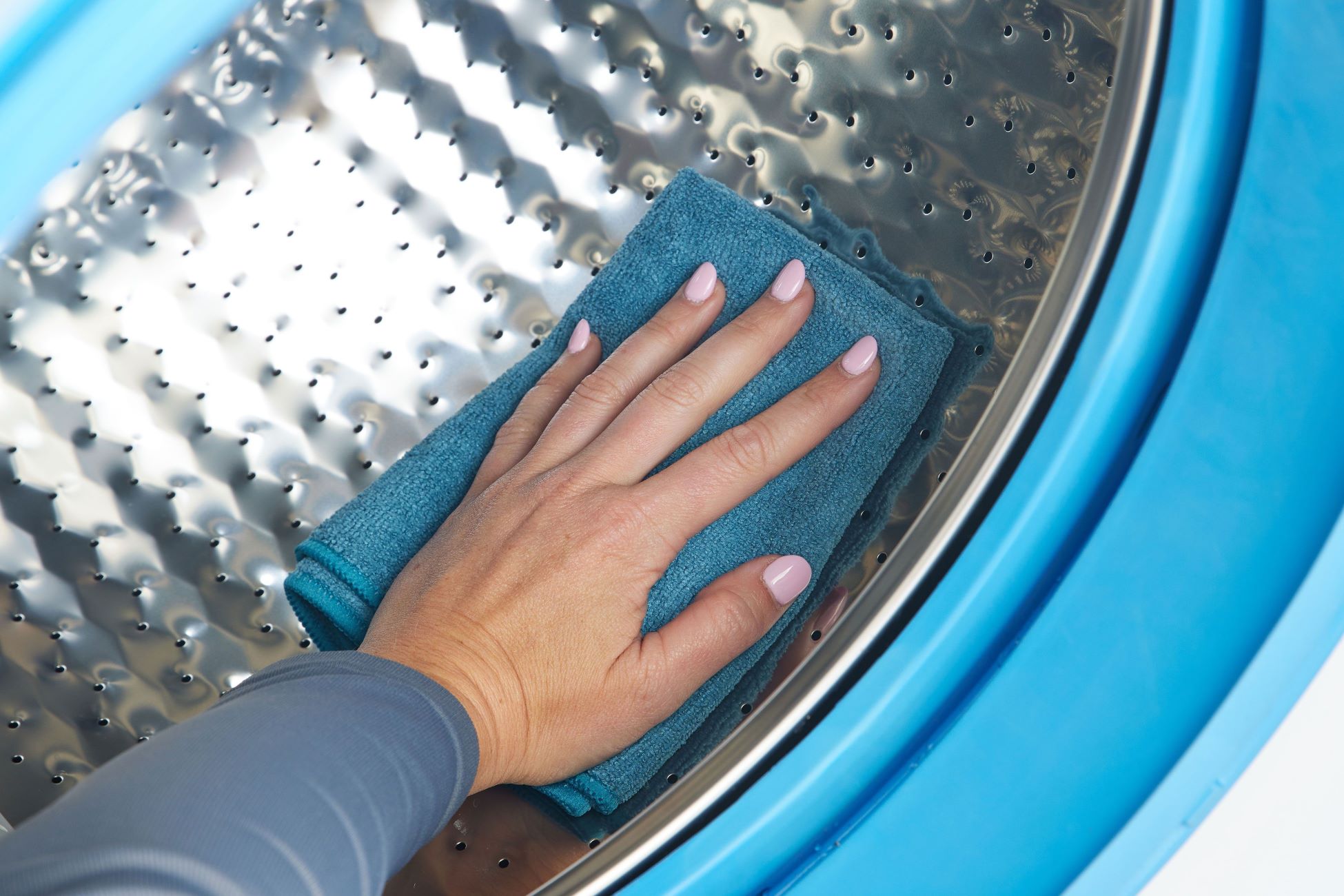

Laundry Appliances
How To Clean A Washing Machine Without Vinegar
Modified: August 31, 2024
Learn how to clean a washing machine without vinegar and keep your laundry appliances in top condition. Discover effective cleaning methods for a sparkling clean machine.
(Many of the links in this article redirect to a specific reviewed product. Your purchase of these products through affiliate links helps to generate commission for Storables.com, at no extra cost. Learn more)
Introduction
Keeping your washing machine clean is essential for maintaining its performance and prolonging its lifespan. Over time, soap scum, mineral deposits, and bacteria can accumulate inside the machine, leading to unpleasant odors and affecting the cleanliness of your laundry. While vinegar is a popular choice for cleaning washing machines, there are effective alternatives for those who prefer to avoid its strong scent or have concerns about its potential impact on certain components of the machine.
In this article, we will explore alternative methods for cleaning your washing machine without using vinegar. From utilizing baking soda and lemon juice to employing bleach and hot water, we will provide you with step-by-step instructions to ensure that your washing machine remains fresh and free from buildup. Additionally, we will delve into the importance of cleaning the drum and gasket, as well as offer valuable tips for maintaining a clean washing machine on a regular basis.
By the end of this article, you will have a comprehensive understanding of various techniques to keep your washing machine in optimal condition, allowing you to tackle laundry with confidence and achieve consistently clean and fresh-smelling results. Let's dive into these effective cleaning methods and discover how to maintain a sparkling clean washing machine without the use of vinegar.
Key Takeaways:
- Keep your washing machine clean and odor-free without using vinegar by using baking soda and lemon juice. This natural and effective method leaves your machine fresh and your laundry smelling wonderfully clean.
- Regularly clean the drum and gasket of your washing machine to prevent odors and mold growth. Utilize natural cleaning solutions like vinegar or hydrogen peroxide to maintain a fresh and hygienic machine.
Read more: How To Clean Washer With Vinegar
Using Baking Soda and Lemon Juice
One of the most effective and natural ways to clean your washing machine without using vinegar is by harnessing the power of baking soda and lemon juice. This dynamic duo not only helps to eliminate odors but also works to break down residue and grime, leaving your machine fresh and sparkling clean.
To begin, start by running a hot water cycle in your washing machine to loosen any existing buildup. Once the cycle is complete, mix 1/2 cup of baking soda with 1/4 cup of lemon juice. The combination of these two ingredients creates a powerful cleaning solution that is gentle on your machine yet tough on grime.
Next, pour the baking soda and lemon juice mixture into the detergent compartment of your washing machine. Alternatively, if your machine doesn't have a detergent compartment, simply pour the solution directly into the drum. Following this, set your washing machine to a hot water cycle and let it run for a full cycle. The heat of the water, combined with the cleaning properties of the baking soda and lemon juice, will work to dissolve and remove any lingering residue and odors.
Once the cycle is complete, inspect the interior of your washing machine. You will likely notice a significant improvement in the cleanliness and freshness of the drum. Any stubborn stains or residue can be gently scrubbed with a sponge or cloth dipped in the remaining baking soda and lemon juice solution. This targeted approach can help to address specific areas that may require extra attention.
After completing the cleaning process, run an additional hot water cycle to rinse away any remaining traces of the cleaning solution. This step ensures that your washing machine is left free from any residual cleaning agents, leaving it fresh and ready for your next laundry load.
By utilizing the natural cleaning power of baking soda and lemon juice, you can effectively maintain a clean and odor-free washing machine without the need for vinegar. This method not only eliminates the need for harsh chemicals but also provides a refreshing citrus scent, leaving your washing machine and laundry smelling wonderfully fresh. Incorporating this simple yet powerful cleaning technique into your regular maintenance routine can help ensure that your washing machine continues to operate at its best, delivering clean and fresh-smelling laundry with every wash.
Using Bleach and Hot Water
Another effective method for cleaning your washing machine without vinegar involves using bleach and hot water. Bleach is a powerful disinfectant and cleaner that can effectively eliminate bacteria, mold, and mildew that may accumulate in the machine over time. When combined with hot water, bleach can penetrate and sanitize the interior of the washing machine, leaving it fresh and free from odor-causing contaminants.
To begin, ensure that your washing machine is empty and free from any laundry or detergent residue. Next, measure out 1/2 cup of bleach. It's important to use caution and follow safety guidelines when handling bleach, including wearing gloves and ensuring proper ventilation in the laundry area.
Once you have measured the bleach, pour it directly into the detergent compartment of your washing machine. Alternatively, if your machine does not have a designated compartment for bleach, you can pour the measured amount directly into the drum.
Following this, set your washing machine to a hot water cycle. The high temperature of the water, combined with the disinfecting properties of the bleach, will work to thoroughly clean and sanitize the interior of the machine. Allow the cycle to run for a full wash and rinse cycle to ensure that the bleach is distributed evenly and has sufficient time to eliminate any lingering bacteria or mold.
After the cycle is complete, inspect the interior of your washing machine. You will likely notice a significant improvement in the cleanliness and freshness of the drum. Any stubborn stains or residue can be gently scrubbed with a sponge or cloth to further enhance the cleaning process.
It's important to note that when using bleach, it's essential to run an additional rinse cycle to ensure that all traces of the bleach are thoroughly removed from the machine. This step helps to prevent any potential discoloration of future laundry loads and ensures that the washing machine is left free from any residual bleach.
By incorporating bleach and hot water into your washing machine cleaning routine, you can effectively eliminate bacteria, mold, and mildew, while also preventing unpleasant odors from developing. This method provides a powerful and thorough cleaning solution, leaving your washing machine fresh, sanitized, and ready to tackle your next laundry load. Regular maintenance using bleach and hot water can help ensure that your washing machine continues to operate at its best, delivering clean and hygienic laundry with every wash.
Use baking soda and lemon juice to clean your washing machine without vinegar. Mix 1/4 cup of baking soda with 1/4 cup of lemon juice, then pour the mixture into the detergent compartment and run a hot water cycle. This will help remove any buildup and odors.
Cleaning the Drum and Gasket
Cleaning the drum and gasket of your washing machine is a crucial step in maintaining its overall cleanliness and performance. Over time, residue from laundry detergents, fabric softeners, and dirt can accumulate in these areas, leading to unpleasant odors and potential mold growth. By incorporating targeted cleaning techniques, you can effectively address these concerns and ensure that your washing machine remains fresh and free from buildup.
To begin, start by inspecting the drum and gasket for any visible residue, mold, or mildew. Use a damp cloth or sponge to wipe down the interior of the drum, paying close attention to any areas where residue may have accumulated. Additionally, inspect the rubber gasket around the door of the washing machine for any signs of mold or mildew. If present, use a solution of warm water and mild detergent to gently clean the gasket, ensuring that all traces of buildup are thoroughly removed.
For stubborn residue or mold in hard-to-reach areas, such as the rubber gasket folds or the drum's crevices, consider using a soft-bristled brush or an old toothbrush to effectively dislodge and remove the buildup. Be gentle yet thorough in your approach, ensuring that all areas are meticulously cleaned to prevent the recurrence of odors and mold growth.
Once the visible residue and mold have been addressed, it's important to focus on eliminating any lingering odors and bacteria. One effective method is to utilize a natural cleaning solution, such as a mixture of water and white vinegar, to thoroughly rinse the drum and gasket. The acidic properties of vinegar work to neutralize odors and disinfect the surfaces, leaving them fresh and sanitized.
Alternatively, if you prefer to avoid using vinegar, you can create a cleaning solution using hydrogen peroxide and water. Mix equal parts of hydrogen peroxide and water in a spray bottle and generously spray the interior of the drum and the rubber gasket. Allow the solution to sit for a few minutes before wiping it clean with a damp cloth or sponge. This approach effectively targets odors and bacteria while providing a gentle yet powerful cleaning solution.
After addressing any residual odors and bacteria, run a hot water cycle in your washing machine to thoroughly rinse the drum and gasket. This final step helps to ensure that any remaining traces of cleaning solution are removed, leaving the interior of the machine fresh and ready for use.
By incorporating these targeted cleaning techniques into your washing machine maintenance routine, you can effectively address residue, mold, and odors in the drum and gasket, ensuring that your machine remains clean and odor-free. Regular attention to these areas can contribute to the overall cleanliness and performance of your washing machine, allowing you to enjoy consistently fresh and hygienic laundry results with every wash.
Maintaining a Clean Washing Machine
Maintaining a clean washing machine is essential for ensuring its longevity and optimal performance. By incorporating regular cleaning and maintenance practices into your laundry routine, you can prevent the buildup of residue, mold, and odors, ultimately preserving the cleanliness of your machine and the freshness of your laundry.
One key aspect of maintaining a clean washing machine is to establish a consistent cleaning schedule. Set a recurring reminder to clean your machine at least once a month, or more frequently if you notice any signs of residue or odors. By proactively addressing cleanliness issues, you can prevent the accumulation of grime and bacteria, ensuring that your machine remains fresh and hygienic.
In addition to regular cleaning, it's important to pay attention to the detergent and fabric softener compartments of your washing machine. These areas can often harbor residue and buildup, contributing to unpleasant odors and affecting the cleanliness of your laundry. After each use, wipe down these compartments with a damp cloth to remove any lingering detergent or softener residue, preventing the accumulation of grime over time.
Furthermore, consider leaving the door of your washing machine open between laundry loads. Allowing the interior of the machine to air out can help prevent the development of mold and mildew, particularly in humid environments. This simple practice promotes airflow and ventilation, contributing to the overall cleanliness and freshness of your washing machine.
Another valuable maintenance tip is to periodically clean the exterior of your washing machine. Use a mild detergent or a specialized appliance cleaner to wipe down the exterior surfaces, including the control panel and door. This not only enhances the visual appeal of your machine but also contributes to a clean and well-maintained laundry area.
Lastly, consider incorporating natural cleaning agents, such as baking soda and lemon juice, into your regular maintenance routine. These gentle yet effective ingredients can help to neutralize odors, break down residue, and sanitize the interior of your washing machine without the need for harsh chemicals.
By implementing these maintenance practices, you can ensure that your washing machine remains clean, fresh, and free from buildup. Consistent attention to cleaning and maintenance not only prolongs the lifespan of your machine but also ensures that your laundry emerges clean, fresh, and ready to wear. With these simple yet effective maintenance tips, you can enjoy the benefits of a sparkling clean washing machine and consistently pristine laundry results.
Frequently Asked Questions about How To Clean A Washing Machine Without Vinegar
Was this page helpful?
At Storables.com, we guarantee accurate and reliable information. Our content, validated by Expert Board Contributors, is crafted following stringent Editorial Policies. We're committed to providing you with well-researched, expert-backed insights for all your informational needs.
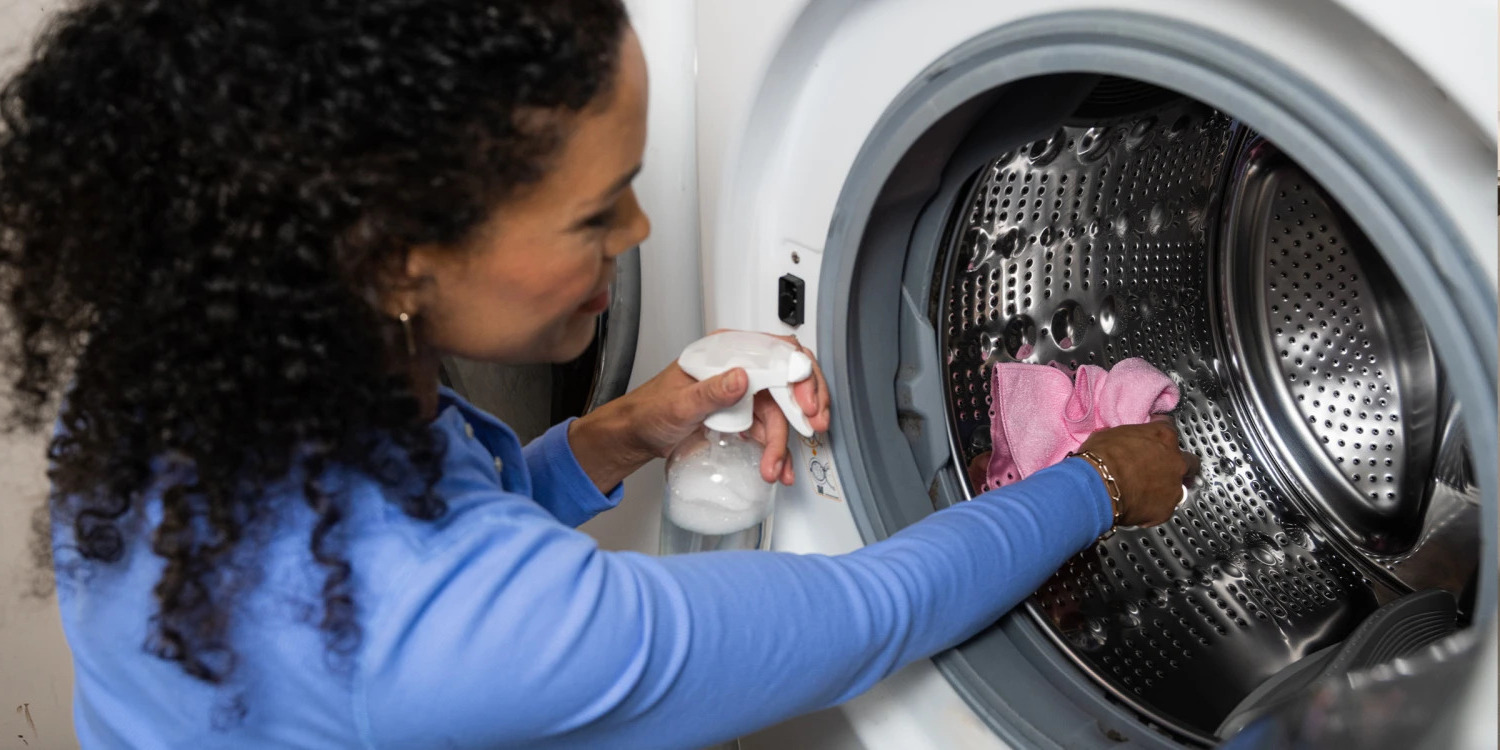
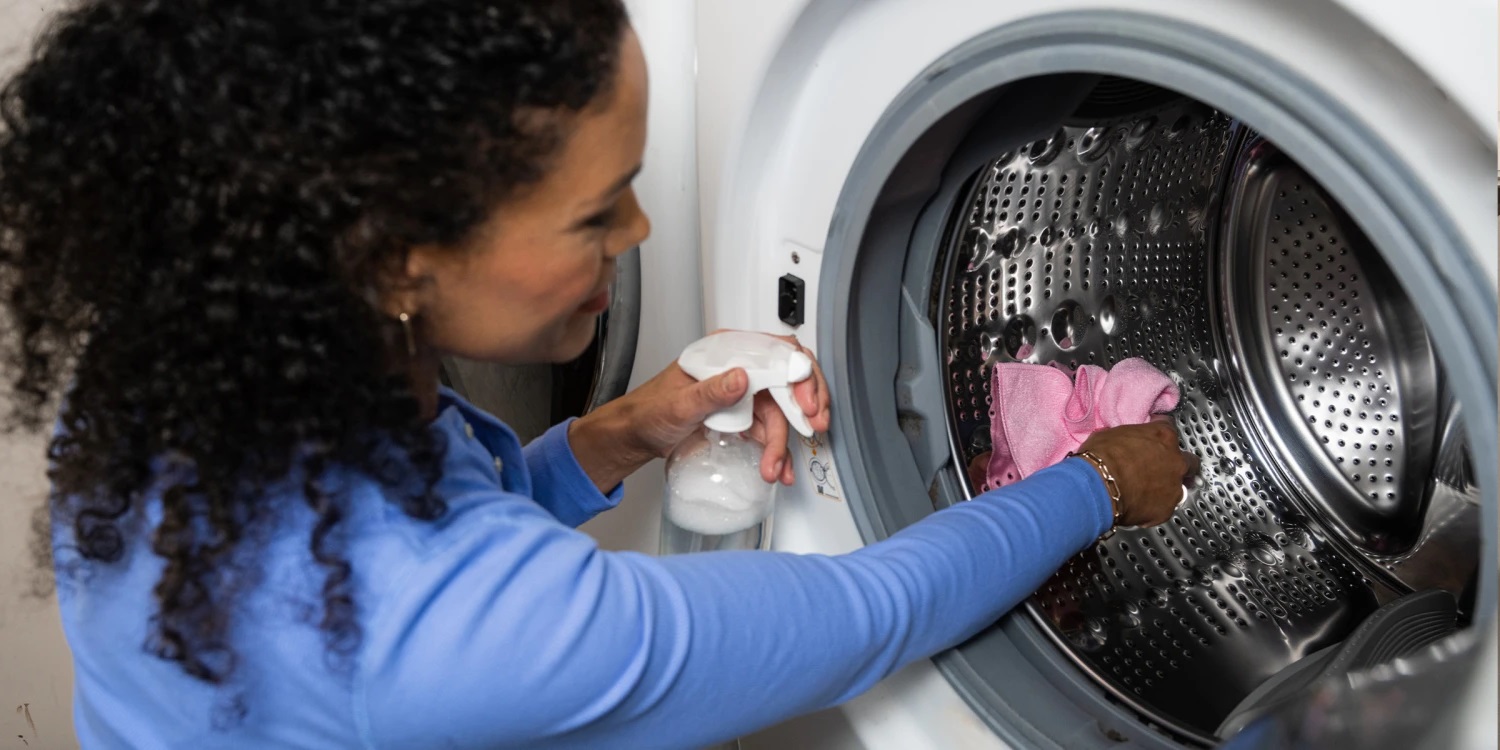
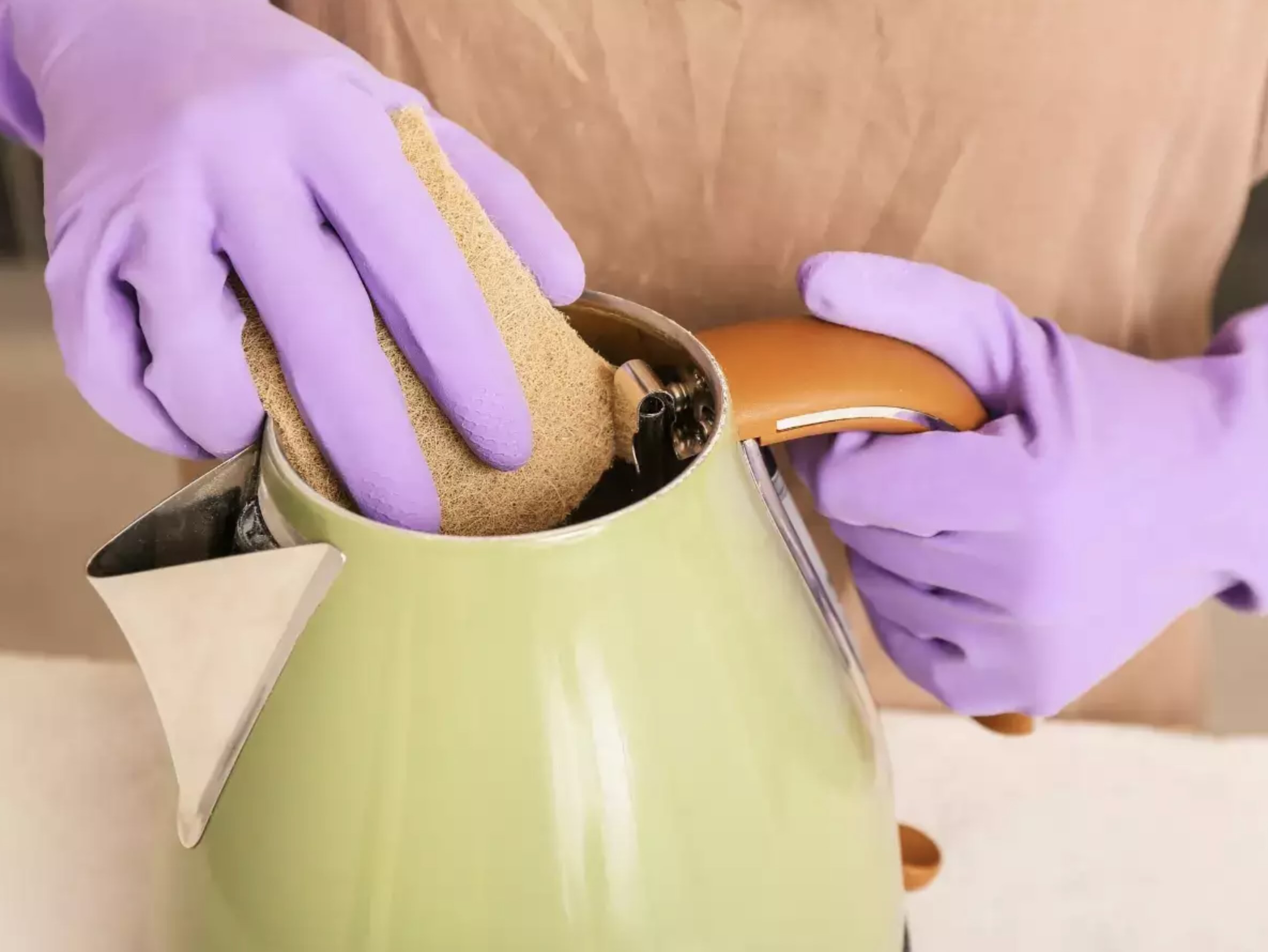

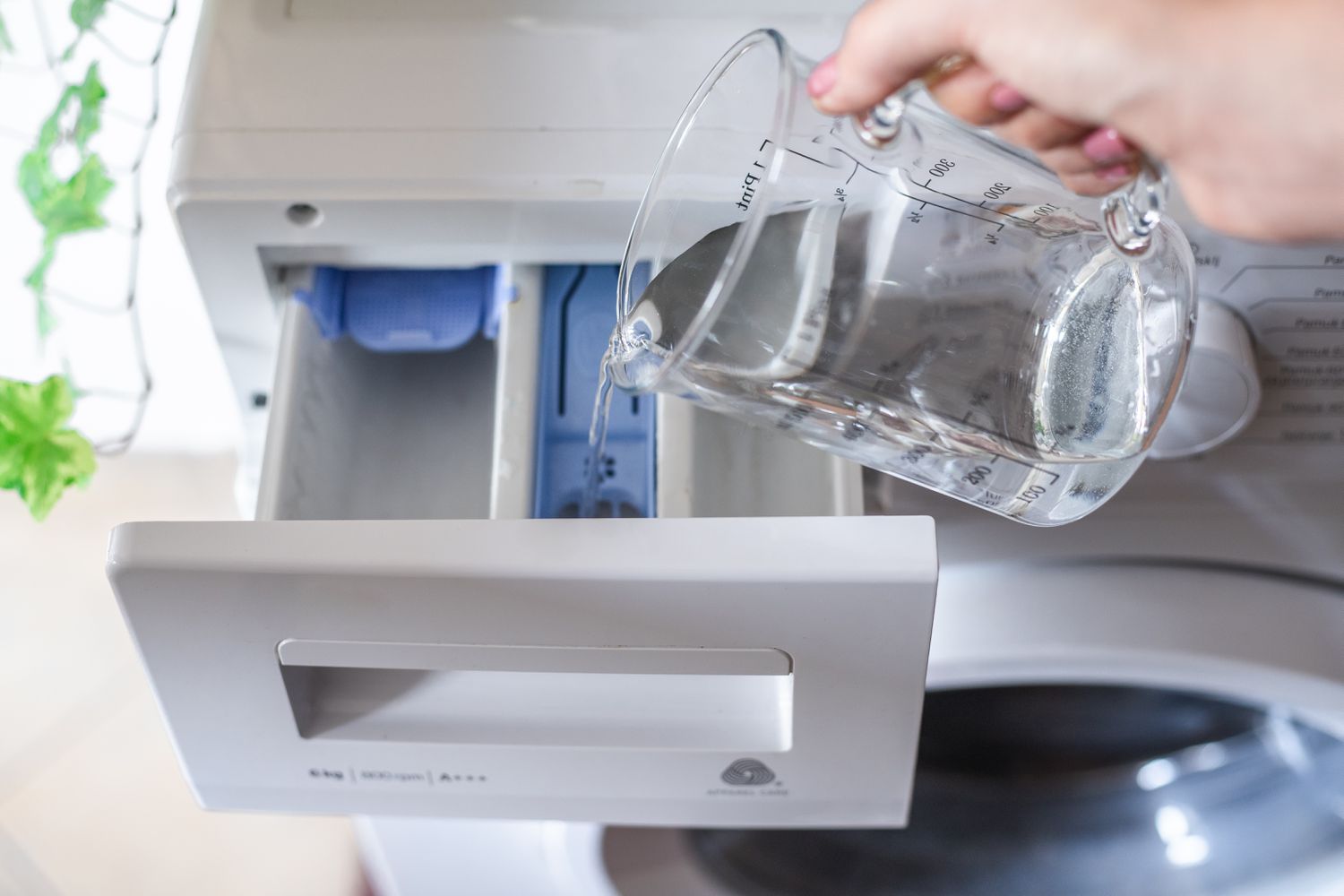
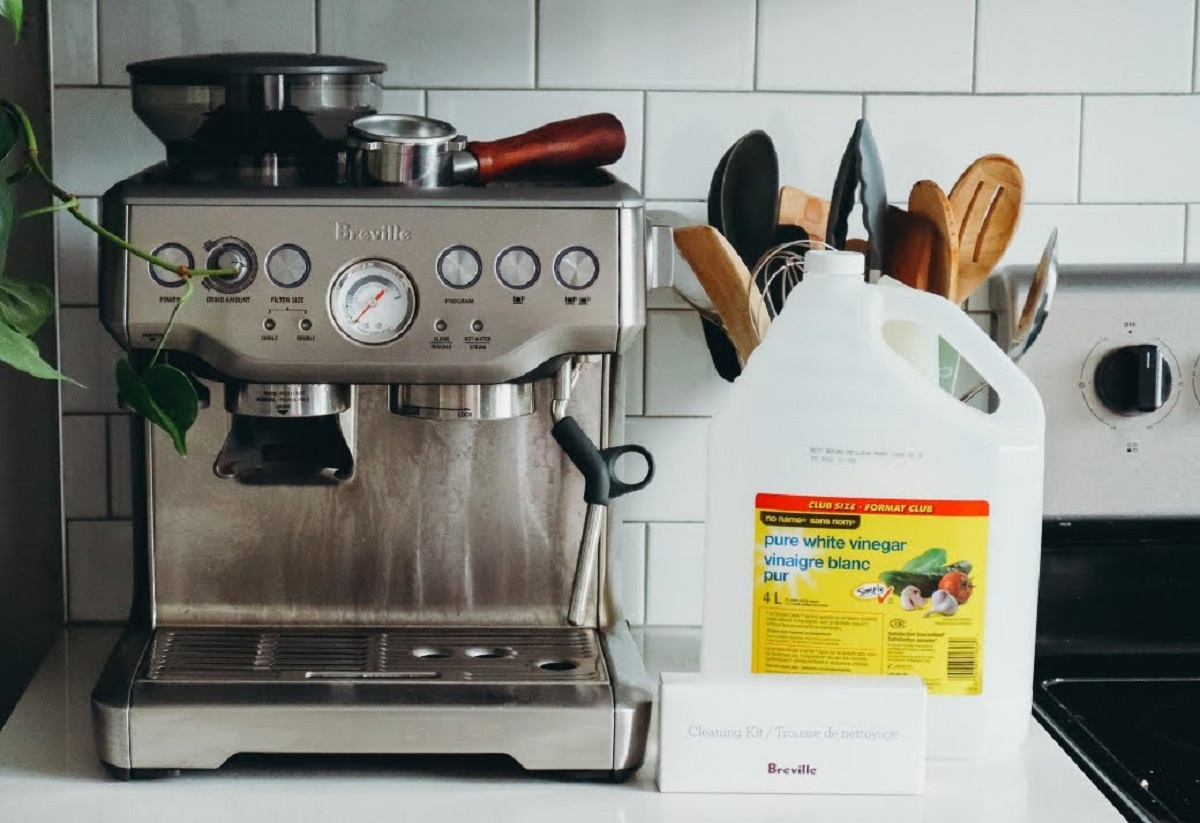
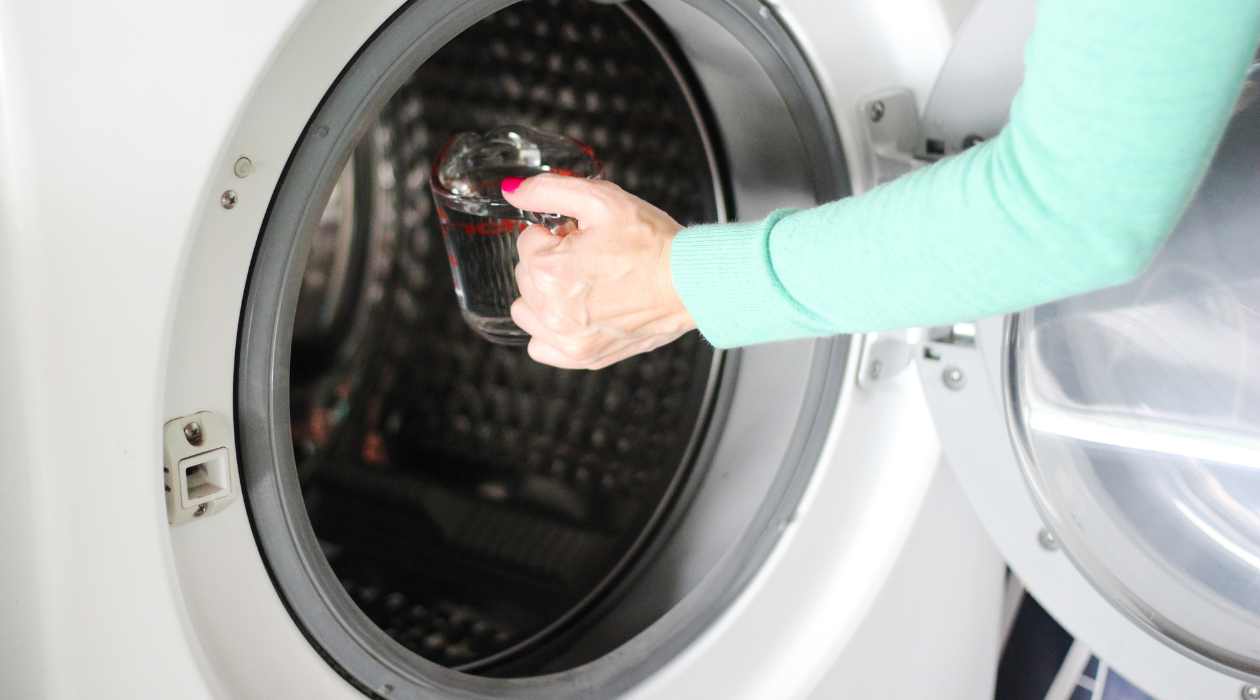
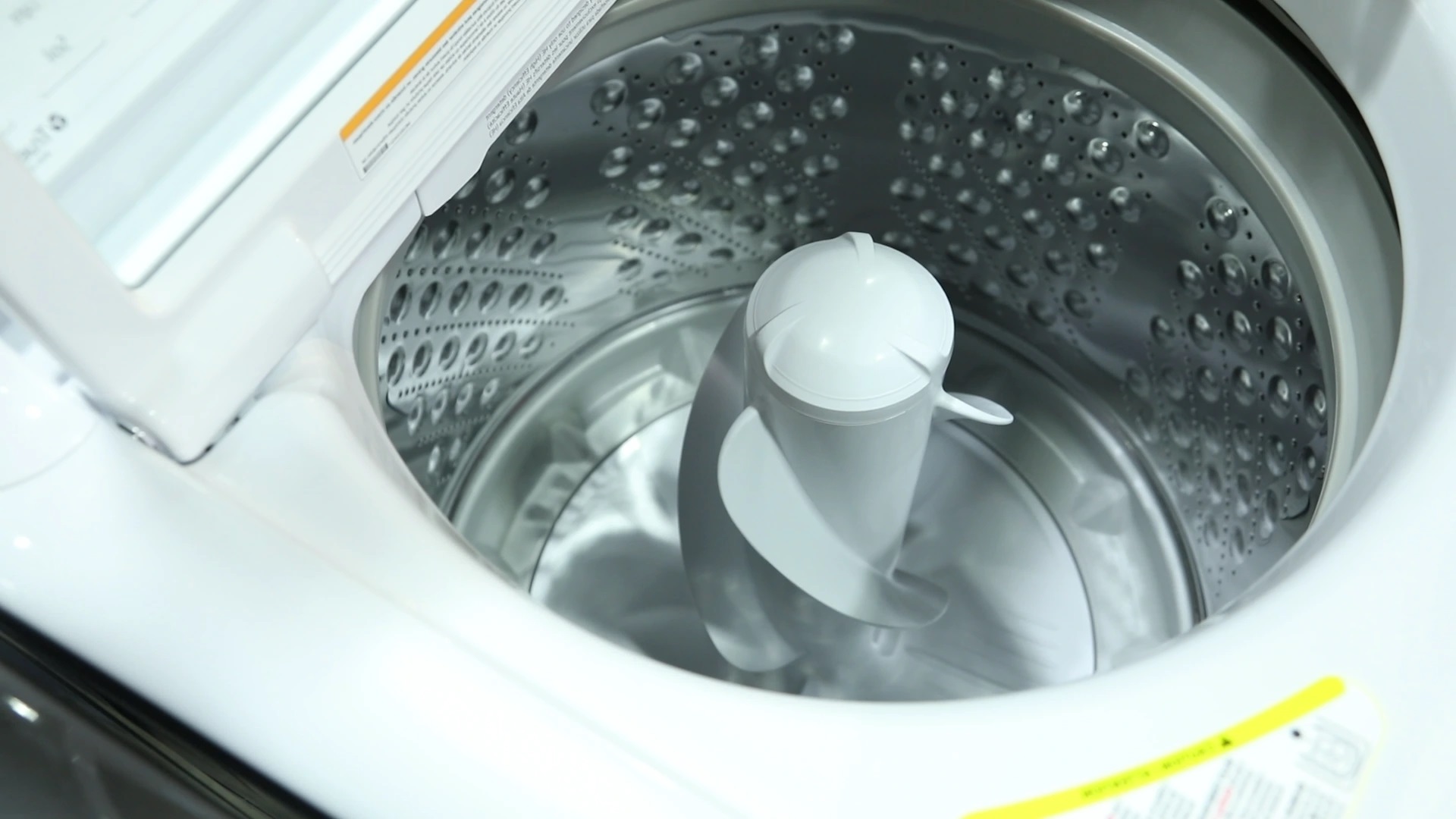
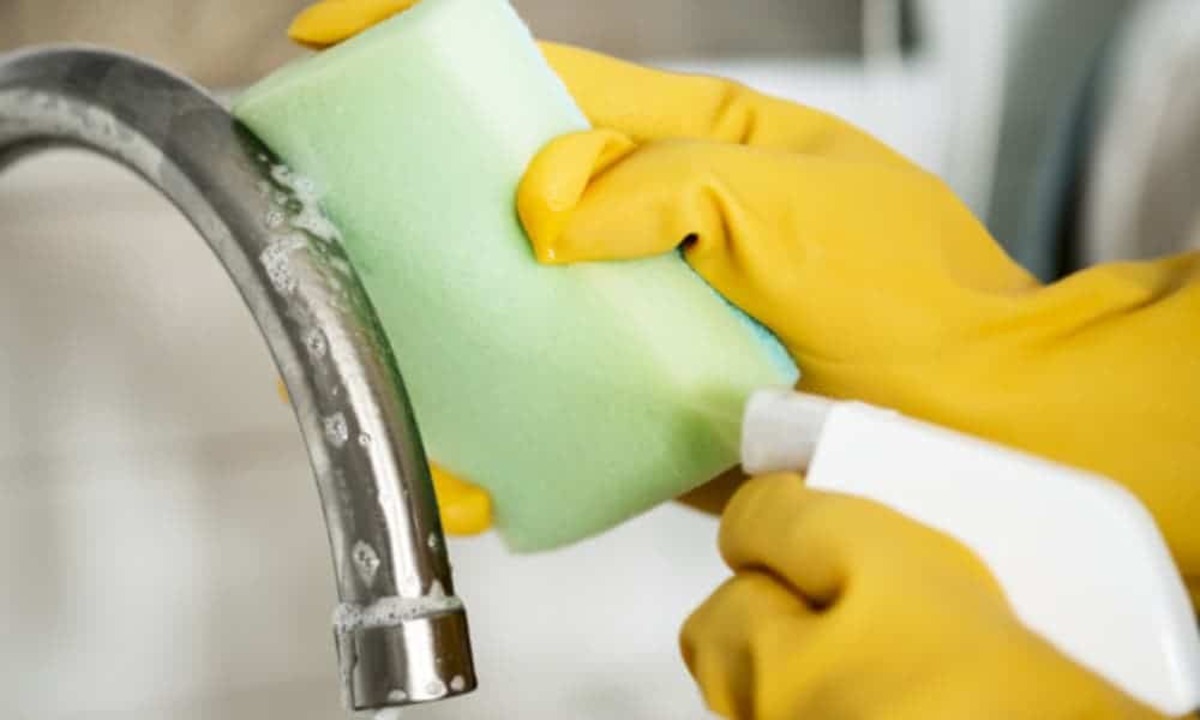
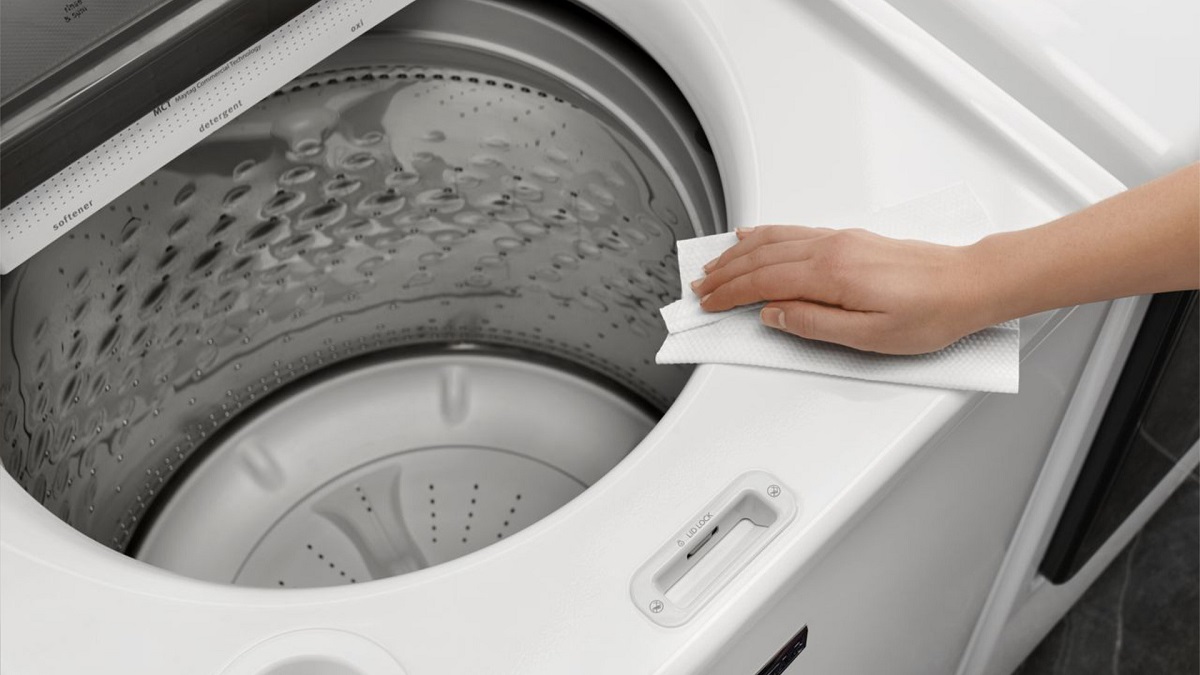
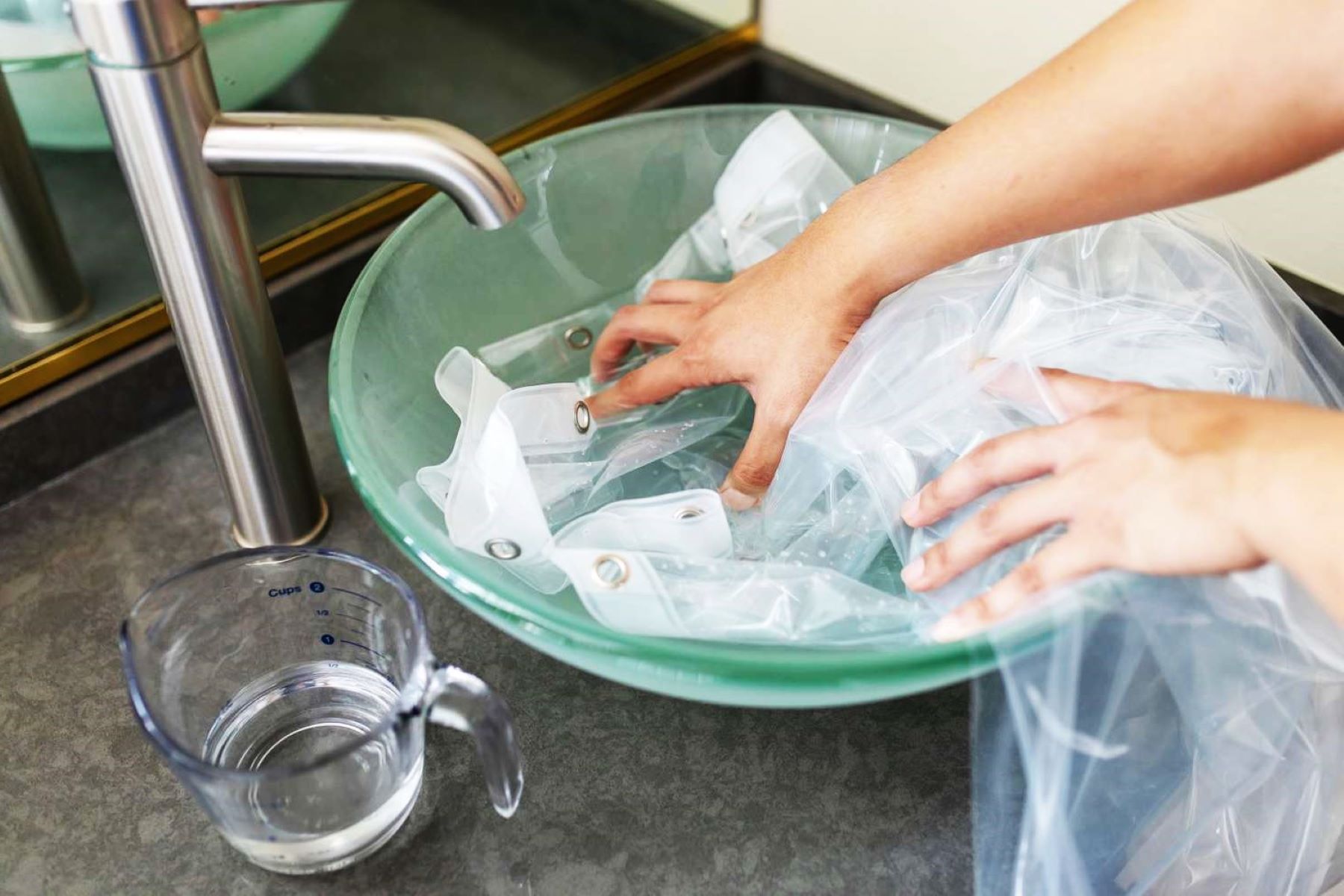
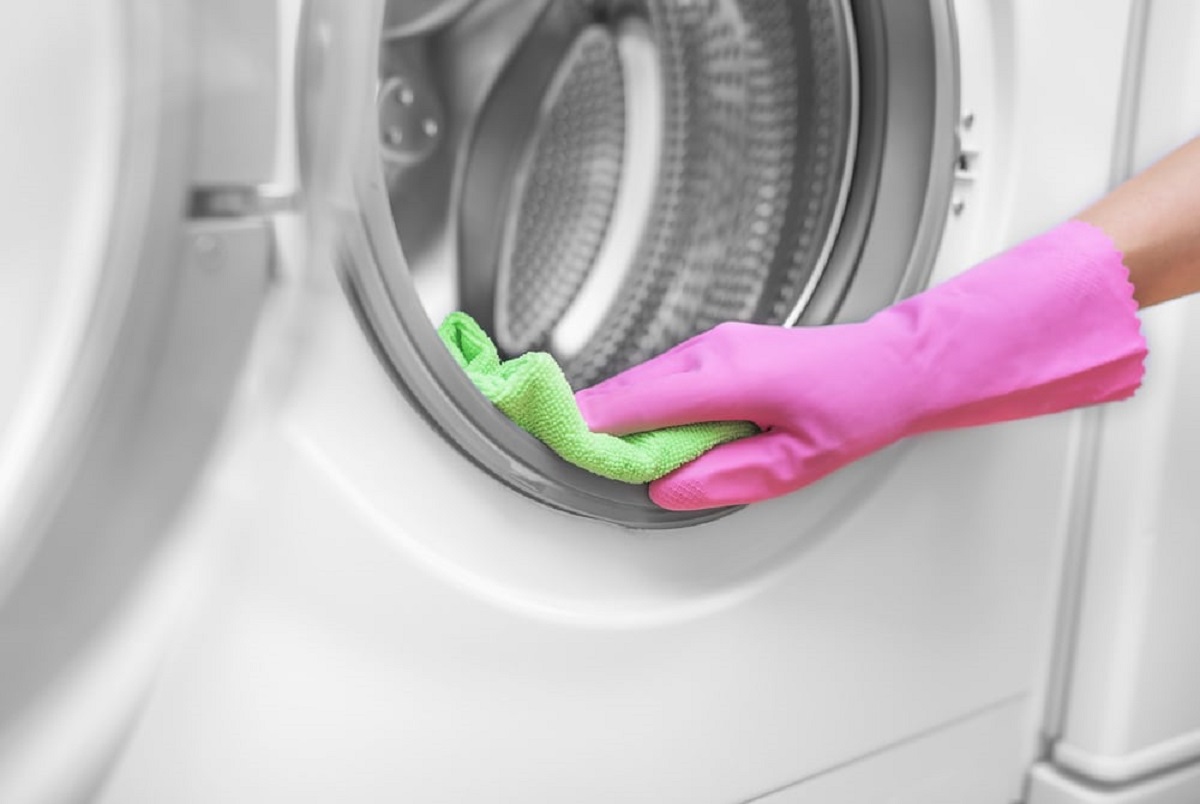
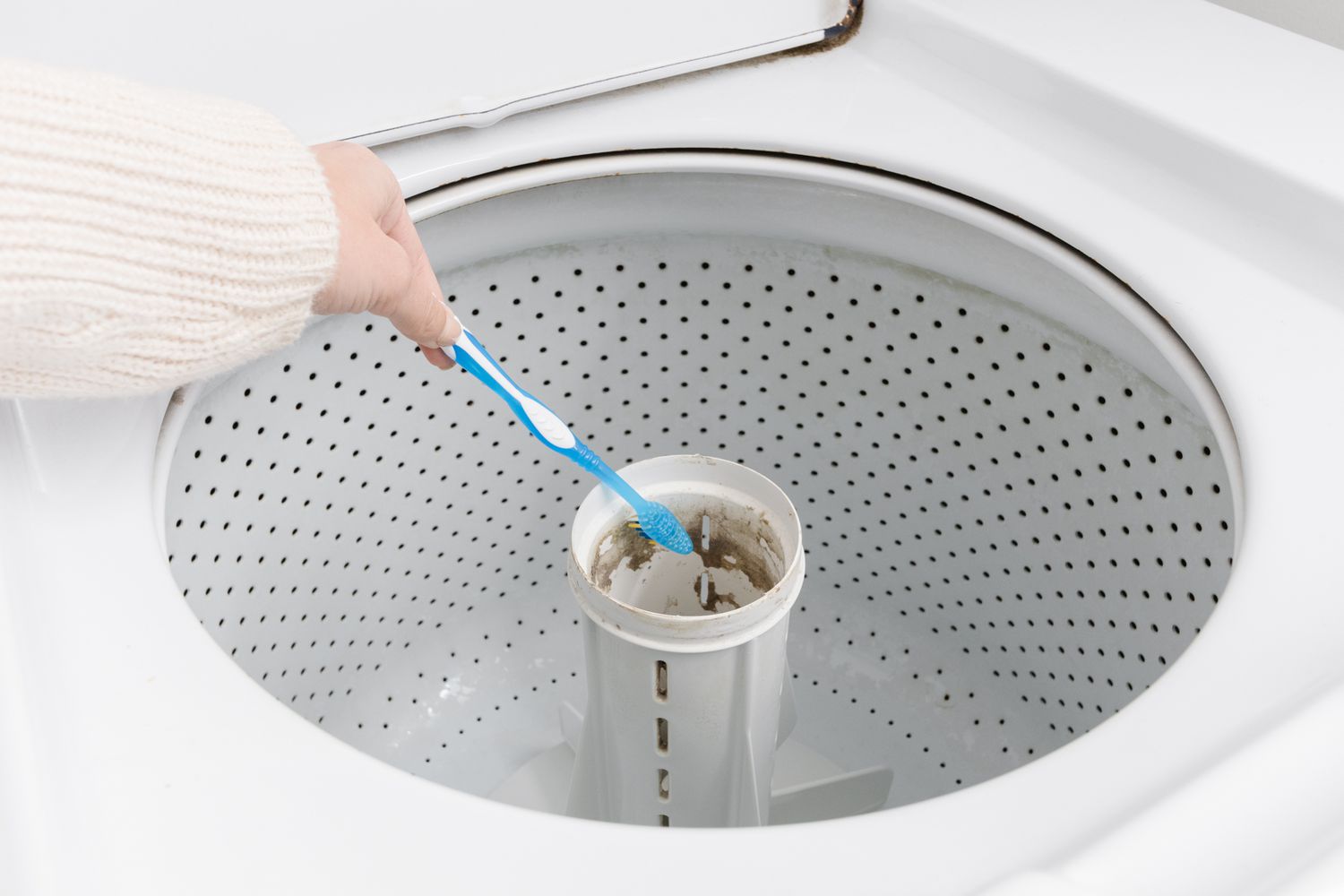
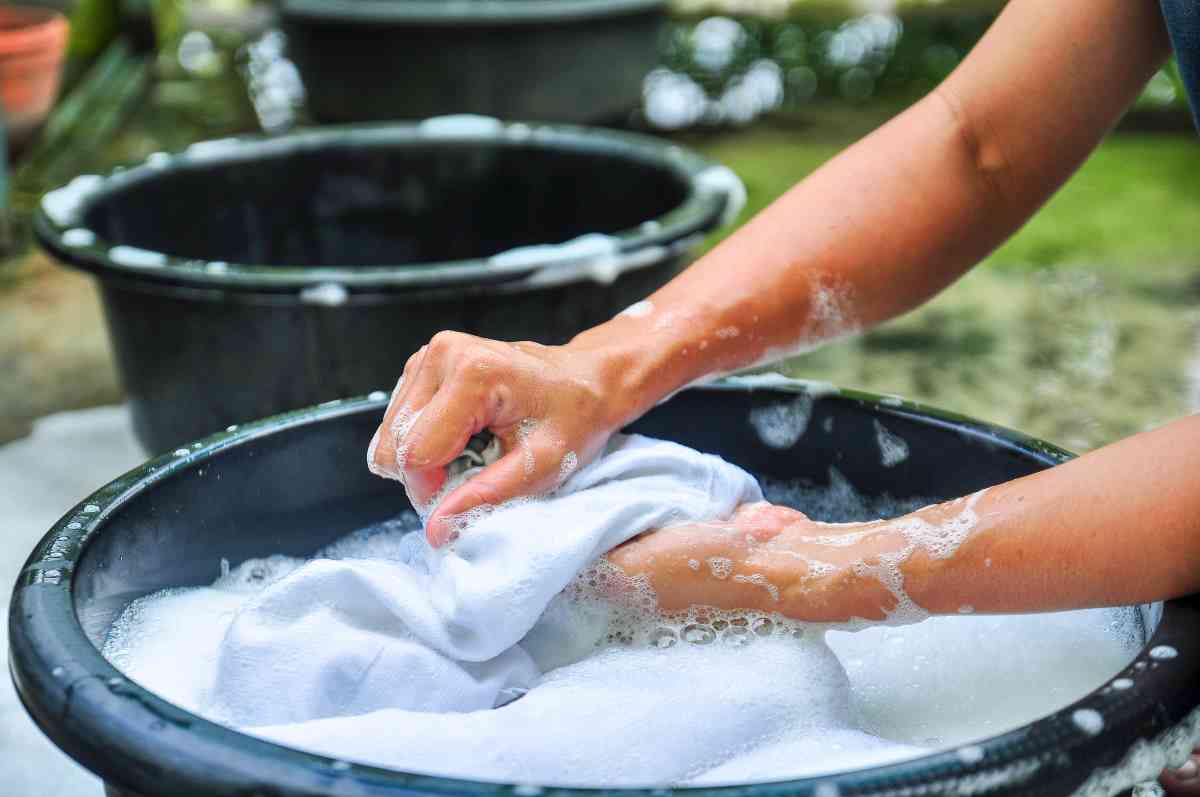
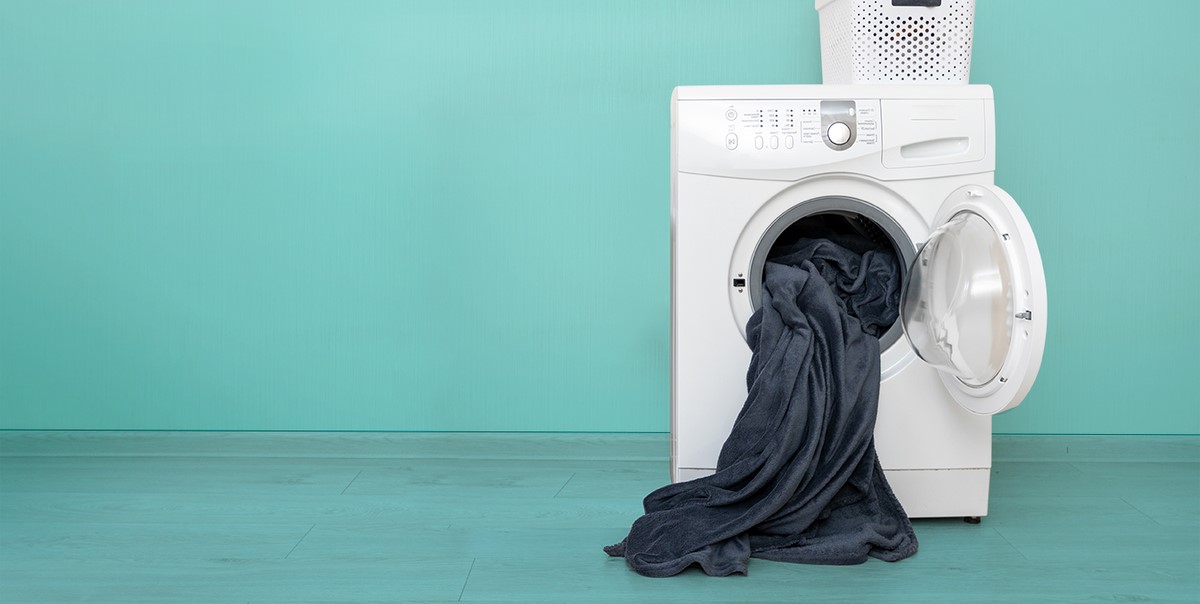

0 thoughts on “How To Clean A Washing Machine Without Vinegar”